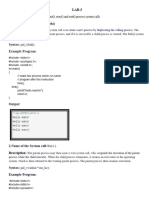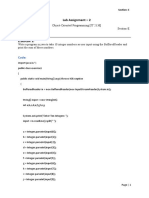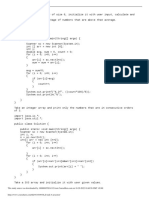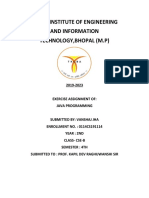0% found this document useful (0 votes)
0 views6 pagesWeek 12 Assignment 2025
Uploaded by
kishore0331Copyright
© © All Rights Reserved
We take content rights seriously. If you suspect this is your content, claim it here.
Available Formats
Download as PDF, TXT or read online on Scribd
0% found this document useful (0 votes)
0 views6 pagesWeek 12 Assignment 2025
Uploaded by
kishore0331Copyright
© © All Rights Reserved
We take content rights seriously. If you suspect this is your content, claim it here.
Available Formats
Download as PDF, TXT or read online on Scribd
/ 6



































